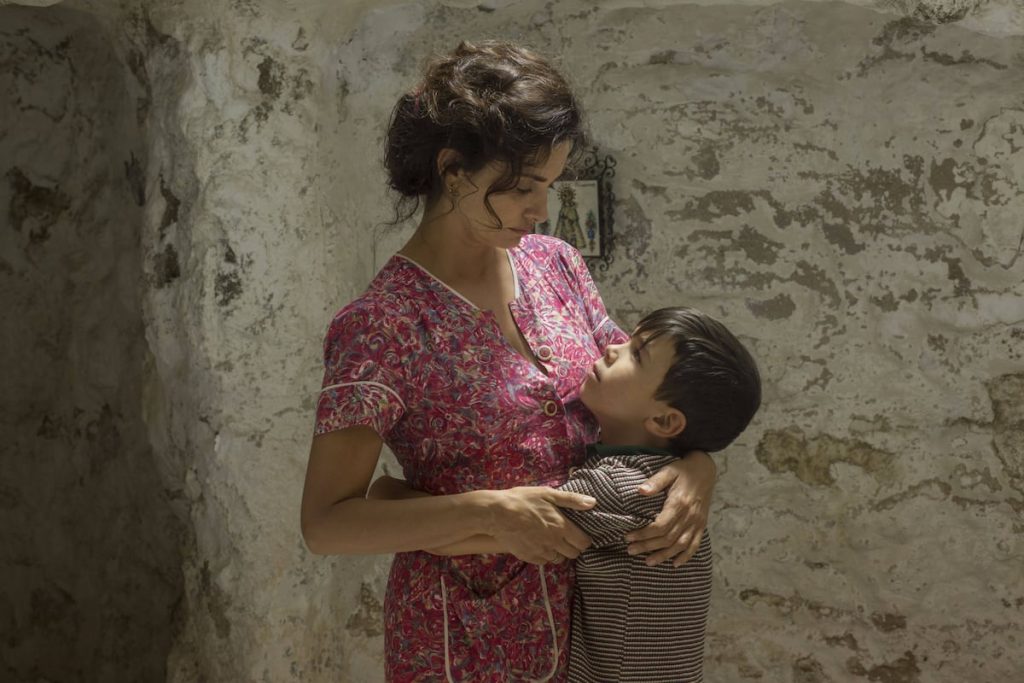Some pieces of clothing have the gift of metonymy, becoming a visual symbol of the people who wear them: the garment, the part, evokes the whole, the person who wears it. On July 13th, the Twitter account @MythicalIberia shared a picture of a summer lady’s dressing gown. The tweet was filled with comments that referenced personal memories, mostly linked to mothers, grandmothers, aunts… to relatives and acquaintances who have worn them and continue to do so, to a certain type of woman who has influenced the lives of many and, like the garment, lives unaware of her valuable imprint. Checkered, floral and other patterns, plain… the dressing gown is the official uniform of those ladies from small towns, from humble neighborhoods in big cities, hardworking, family-oriented women who wear it for its comfort, lightness, and versatility. The dressing gown is, therefore, part of our sentimental education.
The dressing gown also has the gift of ubiquity. The dressing gown has traveled to all regions of Spain and also has a significant presence outside our borders, particularly in Mediterranean countries and many Latin American countries such as Chile, Argentina, and Mexico. It has also traveled through different dialects. Paraphrasing Leonardo Dantés, it has a thousand names: dressing gown, bambo, loquito, babi, sisi, saco, pintora, mandilón, cotón… with many names but one single garment. The words we use to describe the dressing gown give us many clues about how it is perceived. Some terms are common in everyday usage but not included in the dictionary, such as “bambo,” while others like dressing gown, saco, or babi, are officially recognized but their meanings do not directly refer to the garment in question.
The origins of the dressing gown are not entirely clear, but many historians argue that it originated from the work dress that peasant women wore while traveling with cattle traders, catching the attention of high society women in Seville. The dressing gown made its way into the harsh post-war years as a versatile garment: suitable for work, various tasks, home wear, summer, winter, for rural and urban environments. In the sixties and seventies, women wearing dressing gowns could be seen in photographs of female laborers. The dressing gown was also combined with aprons, another accessory worth mentioning. Its popularization in large stores and markets contributed to its widespread use.
Photographer Lucía Herrero analyzes the dressing gown in her photo series Tribute to the Dressing Gown, exhibited as part of PhotoEspaña in Zaragoza, under a broader approach she calls Fantastic Anthropology. Herrero explains her interest in women educated to care for others, portraying them through the dressing gown. The dressing gown and its wearers have also had a place in cinema, with filmmakers like Pedro Almodóvar incorporating it into their works. Films like Surcos (1951) and characters played by actresses like Chus Lampreave have showcased the dressing gown. The dressing gown, often associated with women of the lower class, is a significant element in visual storytelling and memory. Its cultural impact in Spanish society is undeniable, bridging generations and symbolizing resilience in difficult times.
While the dressing gown may eventually disappear along with the women who made it their signature attire, it will remain immortal through collective memory. Its silent but constant presence in society has made it an indispensable part of our cultural heritage. Directors like Pedro Almodóvar have portrayed it as a symbol of working-class women’s resilience and strength. As fashion evolves and societal roles change, the dressing gown may lose its practical relevance but will live on as a timeless emblem of endurance and femininity. Its legacy, woven into the fabric of our collective identity, ensures that the dressing gown’s significance will endure long after it has disappeared from common use.


